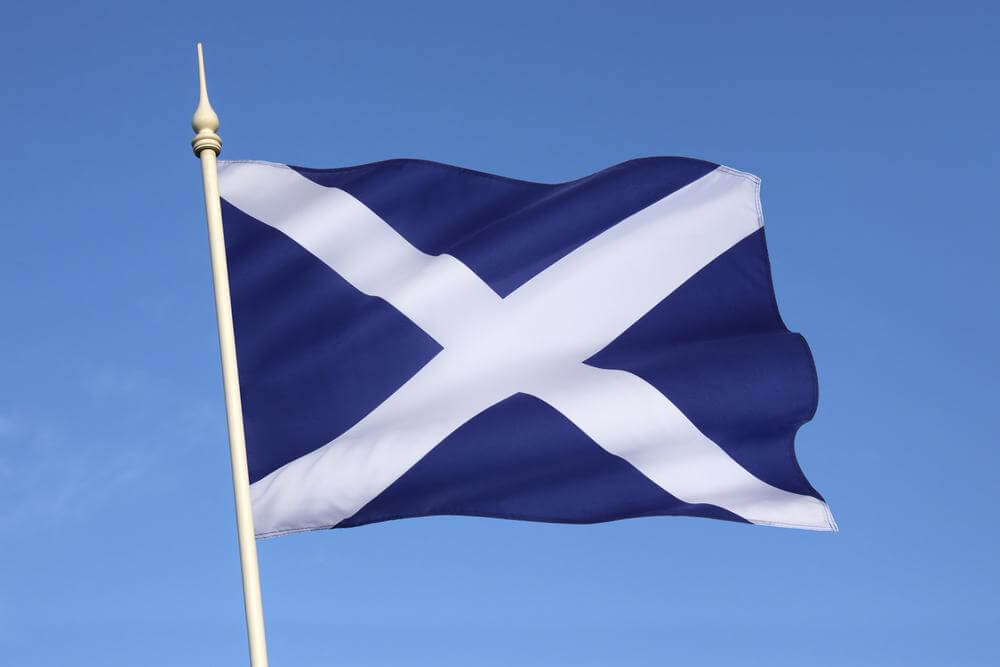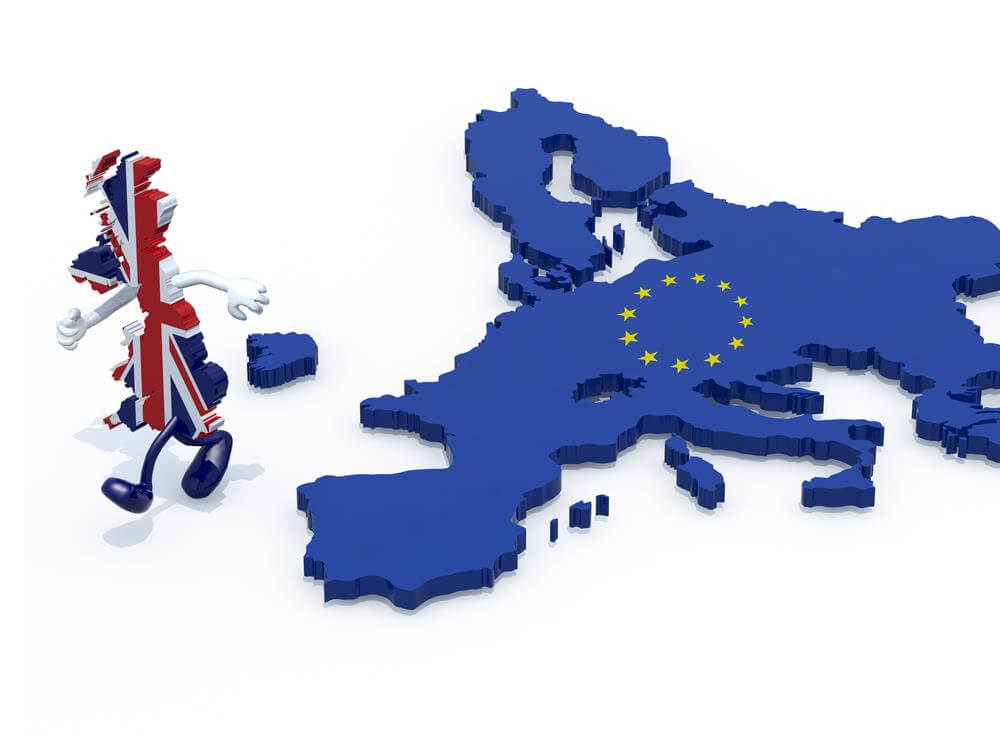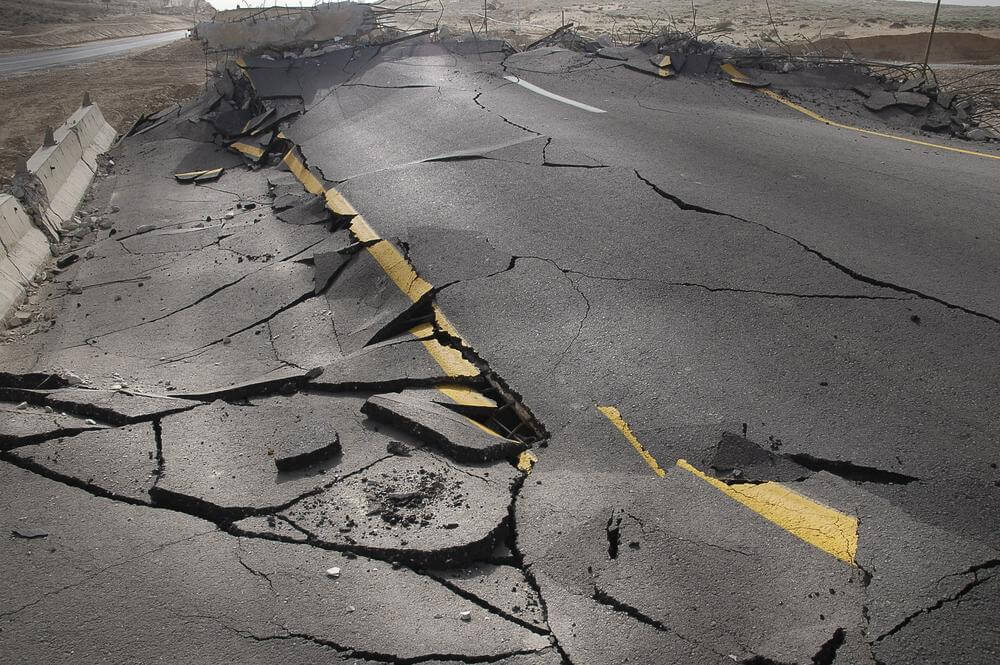
Philip Dakin (Managing Director) Restructuring advisory, Kroll.
According to Preqin’s 2021 Global Private Equity and Venture Capital Report, the global private equity market is now worth over $4 trillion. The UK, long the most developed private equity sector in Europe, remains at the centre of this trend. However, as we come out of lockdown there are two sides to this picture—the dry powder available to private businesses, and the impact the pandemic has had on private equity vehicles.
Supply and demand meet
COVID-19 has been without a doubt one of the biggest challenges ever to confront the economy. No more so than for the private sector. However, for businesses, both large and small, government support has been available in the form of loan schemes, the job retention scheme (aka furlough) and moratoriums on rent and HMRC liabilities.
While cash flow may look strong today, the rollback of government support will start within months, and for some, pressure on balance sheets will follow soon after. This is not to say that the financial pressures facing businesses will drive many into insolvency but dealing with an increase in working capital requirements is a challenge facing many business owners in the short term.
Potential changes to capital gains tax are also beginning to focus the minds of many business owners who may now see this as a time to invest or indeed sell.
For many, public ownership has fallen out of favour as an exit strategy, and selling to a competitor, especially in the current circumstances, can have its own business risks. The private equity market has been the beneficiary of a trend that has been happening for over a decade following the last great economic shock of 2008.
With the supply of investment opportunities looking healthy, what does the demand curve look like?
As mentioned previously, there remains a high level of market liquidity and a strong desire from funders to invest in quality businesses, with private equity funds—a continued firm favourite route—to market for institutions, family offices and high-net-worth individuals. In other words, there is lots of opportunity for investment and acquisition. This has already been demonstrated, with global M&A activity in Q1 2021 being at its highest for over a decade.
However, whilst there is plenty of dry powder, the stage at which a private equity fund was in the normal fund lifecycle when the pandemic hit, will have a potential impact on the success of that fund and its ability to raise its next fund. How the portfolio of investments within a fund have been managed through the pandemic and how they recover post-pandemic will be crucial.
Portfolio Resilience
PE firms themselves have faced their own unique issues as a result of the pandemic. Funds briefly stopped active transactions back in March 2020 as economies closed and people were ordered to stay home. All attention was instead focused towards an almost A&E “triage” assessment of their portfolio companies at the start of the pandemic, with origination and portfolio teams working together to support the management teams of their portfolios.
Many sponsor-backed companies struggled to access government-supported loan schemes, such as CLBILS and CBILS, ironically due to EU laws on state aid for “undertakings in distress.”
The typical private equity investment structure using quasi-equity debt instruments to fund investments being the root cause. However, most have taken advantage of the job retention scheme by furloughing employees and sought access to grants and the deferral of accrued HMRC liabilities to weather the storm. Needless to say, in some instances, this has resulted
in a squeeze on working capital, and any top-up funding has had to come from existing lenders and/or equity injections from the PE houses themselves. The question now is how much of that dry powder has been utilised in supporting their portfolios to maintain a status quo for 12 months, and what impact does that have on their ability to make new investments.
But despite the uncertainty, many PE firms are adapting and keen to point to their funders’ patience and understanding in what has been a difficult period for the business world. Equally, there will undoubtedly be opportunities to acquire some assets cheaply as some corporates fail in the post-pandemic market. These may provide bolt-on opportunities for existing portfolio investments or create a new platform investment.
We are without a doubt entering uncharted territory, and unlike previous recessions, the pandemic may have long-term effects on consumer behaviour and business models.
Like all other markets, private equity needs to negotiate the current COVID-19-induced economic crisis. But the sector is immensely well placed to weather the storm because one of the key characteristics of PE is its ability to be nimble and respond quickly to changing trends.


























